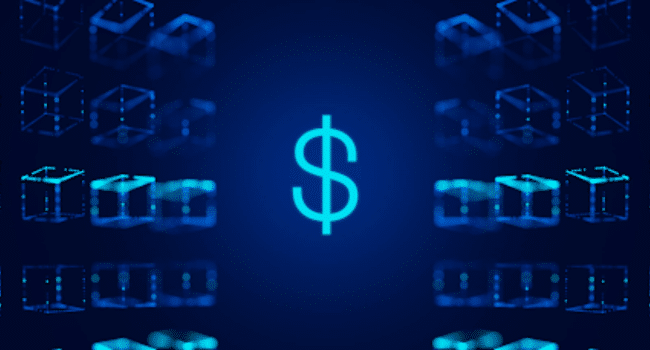Table of Contents
The way we move money across the internet is being rewritten. For years, online payments have depended on banks, card networks, and processors that act as middlemen between buyers and sellers. That model worked, but it came with hidden costs — high fees, delays, and the ever-present risk of fraud. Blockchain technology is reshaping this system from the ground up, promising a future where every transaction is transparent, secure, and instant.
This transformation is already taking shape through practical tools that bring crypto payments into everyday use. Solutions such as litecoin payment gateway are showing how blockchain can handle real transactions, not just speculative tokens.
Securing the flow: protection against fraud and chargebacks
Fraud has long been the shadow following online payments. In the traditional system, it’s relatively easy to dispute a charge or reverse a transaction — sometimes legitimately, sometimes not. This exposes merchants to risk and drains resources on verification.
Blockchain changes that equation. Once a transaction is confirmed and recorded, it becomes permanent. It cannot be canceled or forged, because the network collectively agrees on what is valid. This removes the possibility of chargebacks and significantly reduces opportunities for fraudulent manipulation.
The cryptographic foundations of blockchain make each transaction a secure handshake — sealed, verified, and resistant to tampering. Instead of relying on external fraud prevention tools, the protection is embedded directly in the payment mechanism itself. For online sellers and buyers alike, this means fewer disputes and greater confidence in every exchange.
Crossing borders with ease: global payments without boundaries
Sending money across countries has always been a challenge. Bank transfers can take days, especially when currencies need to be converted and multiple financial institutions are involved. Blockchain breaks down those borders.
Because it operates on a decentralized network, there’s no need for intermediary banks or regional clearinghouses. Transactions can be processed within minutes, regardless of where the sender and receiver are located. The cost is minimal compared to traditional methods, and the experience is far more efficient.
For individuals who work or trade internationally, this speed is a game-changer. Funds arrive faster, without the uncertainty of fluctuating exchange rates or hidden service fees. For global commerce, it opens new doors — enabling small online businesses to sell worldwide and receive payments as seamlessly as local ones.
Programmable money: the next step in financial evolution
Blockchain’s potential extends far beyond simple transfers. With smart contracts — pieces of code that execute automatically when conditions are met — money itself becomes programmable.
Imagine paying a contractor the moment a project milestone is verified, or releasing funds for goods as soon as they’re scanned at a warehouse. These actions happen without intermediaries or manual approval, triggered by digital agreements stored on the blockchain.
This automation adds precision and reliability to the financial process. It removes human error and the possibility of delay, turning payments into efficient, self-governing operations. The same principle applies across industries: logistics, insurance, real estate, and more. Wherever trust is required, blockchain can embed it directly into the transaction flow.
Over time, these capabilities are likely to redefine our understanding of what “money” is — shifting it from a static medium of exchange to a dynamic tool that responds to real-world events.
Challenges on the horizon
While blockchain promises a more open and reliable payment infrastructure, its journey is still unfolding. Some networks struggle with speed and scalability, processing fewer transactions per second than traditional systems. Others face questions about regulation, interoperability, and energy efficiency.
Yet innovation https://passimpay.io/ continues to address these issues. Developers are building faster consensus mechanisms, optimizing code, and exploring eco-friendly models. Governments and financial institutions are beginning to recognize the value of blockchain’s transparency and are crafting frameworks to integrate it responsibly into the broader economy.
Each step brings the technology closer to mainstream adoption — not as a replacement for existing systems, but as their evolution.
A new definition of trust in digital payments
What makes blockchain so transformative isn’t just the speed or cost savings — it’s the way it redefines trust. In the traditional world, trust is given to institutions that manage transactions on our behalf. In the blockchain world, trust is distributed among participants, enforced by code and consensus rather than contracts and signatures.
The implications reach far beyond finance. They touch on how we share information, verify ownership, and collaborate online. But in payments — the most direct and universal application — the change is already visible.
Blockchain doesn’t simply make payments faster; it changes what it means to trust, to exchange, and to own in the digital age. As more people and businesses embrace it, the act of paying online may soon become something fundamentally different — not a process we endure, but one we finally control.
